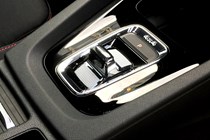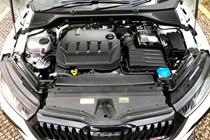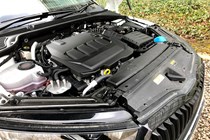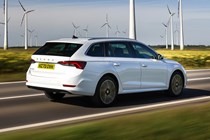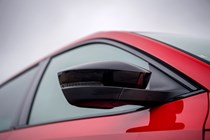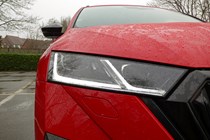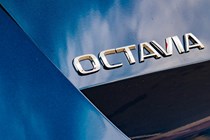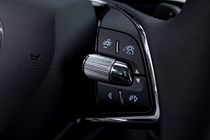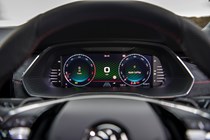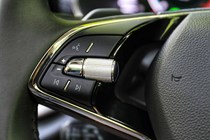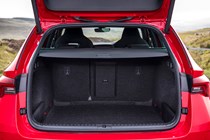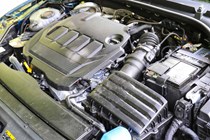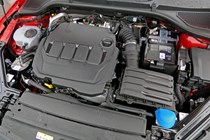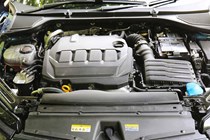
Skoda Octavia Estate running costs and reliability
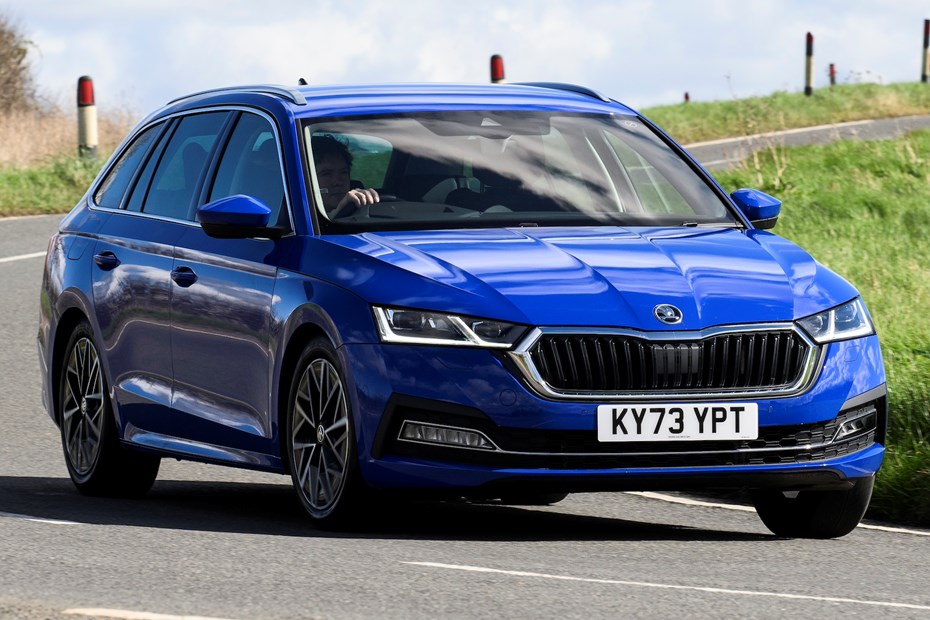
Miles per pound (mpp) ⓘ
| Petrol engines | 6.2 - 8.2 mpp |
|---|---|
| Diesel engines | 6.6 - 8.6 mpp |
| Plug-in hybrid petrol engines * | 6.5 - 6.9 mpp |
Fuel economy ⓘ
| Petrol engines | 42.2 - 56.1 mpg |
|---|---|
| Diesel engines | 51.6 - 67.3 mpg |
| Plug-in hybrid petrol engines * | 44.6 - 46.9 mpg |
- PHEV potentially the cheapest to run – for now
- Not much difference between 115-150hp models
- Petrol model only marginally worse
What are the running costs?
Skoda Octavias are well known for their low running costs, having earned a reputation for reliability and excellent fuel consumption, especially in diesel form. This is holding true with the fourth generation, which is also bolstered by the arrival of a plug-in hybrid version, which is best suited to those who can regularly take short journeys on battery power alone.
The best performing non-hybrid petrol is the 110hp 1.0 TSI, which officially manages up to 53.3mpg in manual guise. We suspect it’ll take a long motorway cruise to gently work your way up to the official fuel figures, though, as this engine may need to work harder to get the Octavia up to speed. There’s also a mild-hybrid e-TEC version of this engine, which only comes with the automatic DSG gearbox and uses 48-volt electronics to enhance the stop-start system to achieve 54.3mpg. The on-paper figures might not seem much at all, but this system will make more of a difference in towns and cities with heavy traffic.
The 1.5 TSI is more powerful with 150hp, but features cylinder deactivation technology to help save fuel under lighter throttle loads. The system is imperceptible in its operation when you’re on the move, and results in official fuel economy of 51.4mpg and 52.3mpg for the manual and DSG auto, respectively.
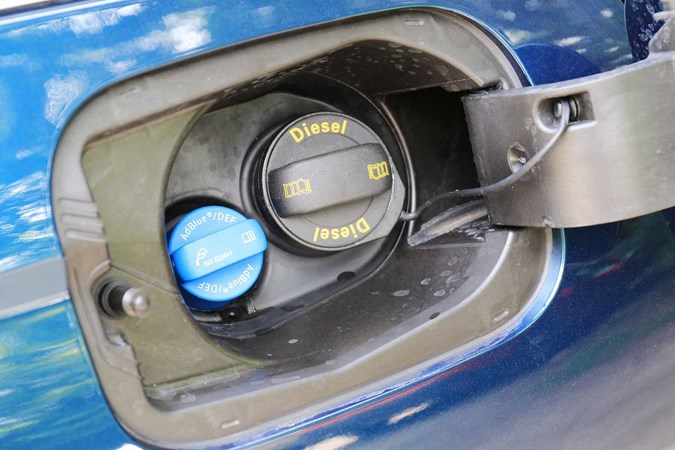
Turn to the diesels and all models use the same 2.0 TDI unit. The 116hp version replaced the older 115hp 1.6 TDI, with the larger capacity boosting torque over the old motor, and achieving a WLTP test-best of 65.7mpg, which is slightly better than the old unit, too. Add a DSG gearbox, and the official figure is 62.8mpg.
Intriguingly, the 150hp 2.0 TDI has the same official economy figures as the 116hp version. All diesels come with a 13.35-litre AdBlue tank, and the car’s trip computer will let you know when it needs topping up.
If your lifestyle supports it – as in you have access to a charging socket and only do short daily journeys – then the Octavia iV excels. You might even see close to the official 282.5.3-235.4mpg if you make good use of the 43-mile all-electric range. Business users will also benefit from a low Benefit-in-Kind tax rate, thanks to the 23-28g/km CO2 figure quoted for the Octavia iV. If you don’t charge the battery, then expect fuel economy to drop, although you should get 55mpg at the very least. In cold weather you can expect the maximum electric range to drop, too.
Servicing and warranty
Servicing intervals are once a year or every 20,000 miles. You can buy a service plan to cover the first two services and pay for these costs up front, or add them into your finance payments. It’s well worth taking up if anything untoward happens, while all Skoda service parts and labour are covered by a two-year warranty.
Speaking of warranties, Skoda offers a fairly standard three-year/60,000-mile warranty on all of its cars, while wear and tear items (brakes, clutches, tyres, wipers, interior trim, etc) are covered for the first six months or 6,500 miles. You can extend the Octavia’s main warranty to five years or up to 100,000 miles at extra cost.
Reliability
- Octavia still too new to judge
- Lots of shared tech
- Newer engines are used elsewhere
This fourth-generation Skoda Octavia is still a little too new to pass judgement on in the reliability department. However, if previous generations are anything to go by, you should have little to worry about.
Although relatively new in some respects, most of the engine tech is proven and used widely throughout the Volkswagen Group, although the mild hybrid units feature some fancy electronics.
A lot more of the controls in the interior have been given over to the infotainment screen and while that may be an ergonomic concern, there’s nothing to suggest this should be any more fragile than the old car’s manual buttons and switches.
Ongoing running costs
| Road tax | £180 - £190 |
|---|---|
| Insurance group | 11 - 23 |
Get an insurance quote with

|
|









